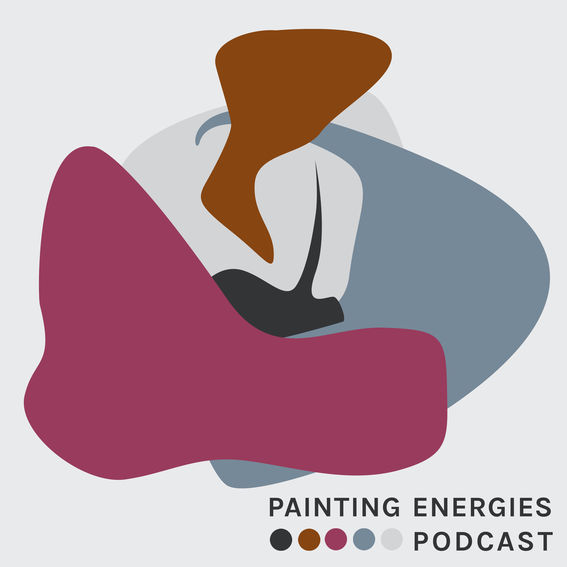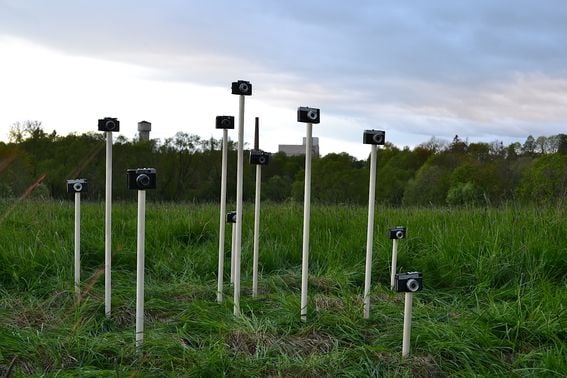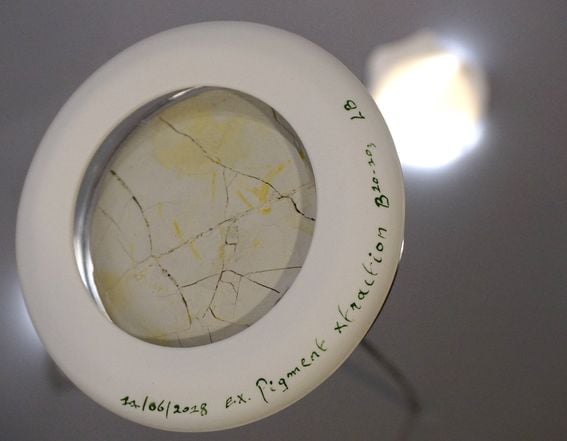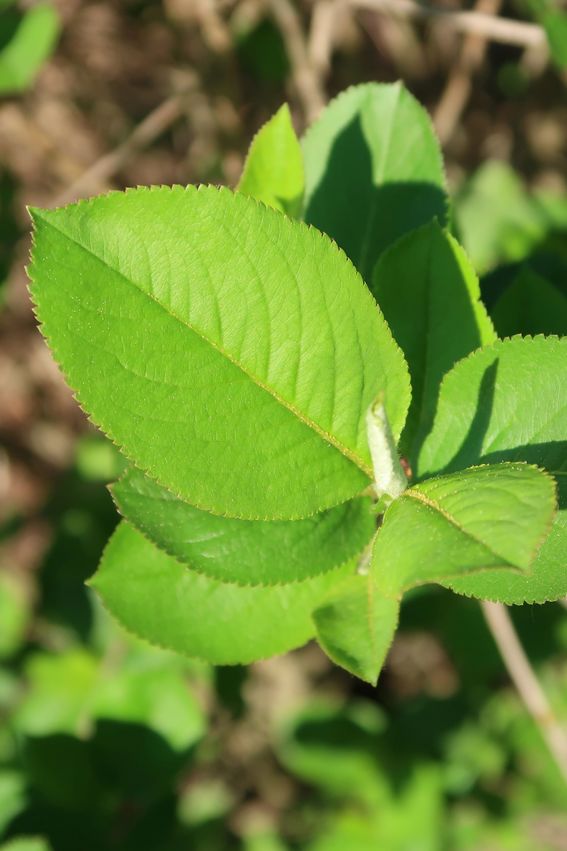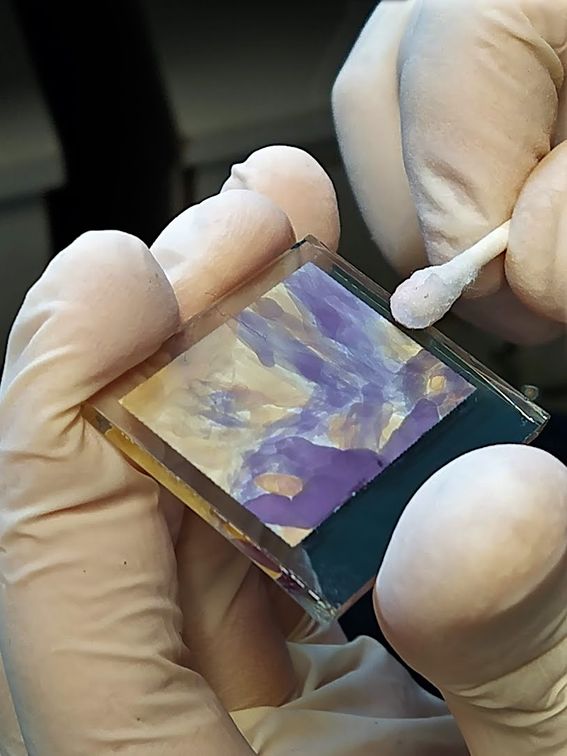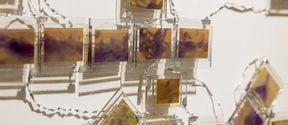In this episode, our guest is Professor of French and Comparative Literature Alexandra K. Wettlaufer (University of Texas and Austin, College of Liberal Arts). She specializes in 19th-century literature, visual arts, culture, and gender studies and has written various books on these topics*. It is in particular her paper `The Sublime Rivalry of Word and Image: Turner and Ruskin Revisited´ that ignited our conversation. Alexandra explains how Turner was trying to reproduce the experience of seeing and feeling, rather than reproducing the topography or an image. He was very much about what was not there. That we have to add to it our own imagination to bring it closer to the way we experience the world. Through his paintings, like Snowstorm…, Turner and many contemporaries wanted to translate a feeling into a certain context. Not to show what was there, but to evoke a feeling in the viewer. A shift away from the Cartesian ideas of knowledge, to Locke and the idea of experience. In the first half of the 20th Century that was an important shift in the aesthetic and scientific language and ethos.
So, what the artists wanted to do was to find a way to evoke or invoke in the reader or viewer an experience that is at once individual and universal. Baudelaire said about one of Delacroix‘ paintings that you can stand so far away that you can’t see what the painting is representing. But you still understand it because the colours are giving you the feeling. Alexandra thinks that is exactly what Turner is doing in his paintings that are not highly representative. This tension between the artwork and the use of language in and around it is still very contemporary, an ever-spinning thread in many art_science, art communication, and curatorial practices.
Alexandra stresses the importance of how art represents and disrupts hegemonic forces and powers. She likes disrupters like Turner, who wanted to make us see in different ways. As did women artists, as did Baudelaire. It is Innovation, it is the movement against what is expected. It looks like a mess. We learn to see, that is the other thing, seeing is learned, and it is a discipline. Janne adds that it is similar in science: there is accepted science, and then you have those who are crazy enough to think and do entirely differently, against the rules.
* References in the conversation
Wettlaufer, Alexandra K. "The sublime rivalry of word and image: Turner and Ruskin revisited." Victorian Literature and Culture 28.1 (2000): 149-169.
Derrida, Jacques, and Avital Ronell. "The law of genre." Critical inquiry 7.1 (1980): 55-81.
Campagna, Federico. Technic and magic: The reconstruction of reality. Bloomsbury Publishing, 2018.
More about Alexandra: https://experts.utexas.edu/alexandra_wettlaufer
Listen to the podcast on Soundcloud, Apple Podcasts, and Spotify
